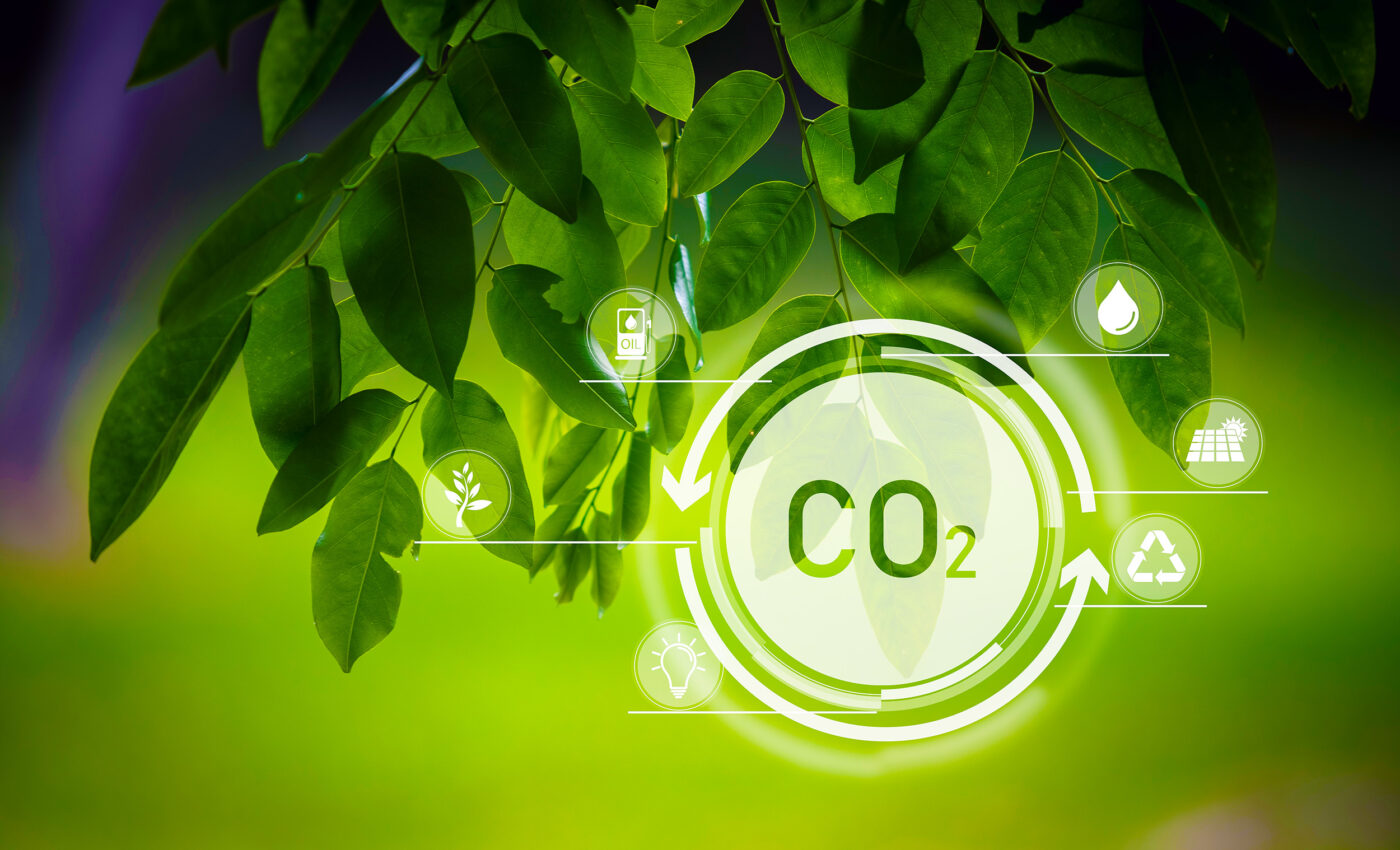
Plants are absorbing more human-produced carbon dioxide than expected
A new study brings a glimmer of hope in the battle against climate change. The research suggests that the Earth’s plants could absorb more atmospheric CO2 caused by human activities than previously thought.
This exciting revelation was conducted by the Hawkesbury Institute for the Environment at Western Sydney University and led by Dr. Jürgen Knauer. It comes from advanced ecological modeling techniques, offering a more optimistic outlook on the planet’s capacity to combat carbon emissions.
How plants and CO2 interact
Despite these encouraging findings, the environmental scientists behind the study warn against any laxity in global efforts to reduce carbon emissions.
“Plants take up a substantial amount of carbon dioxide (CO2) every year, thereby slowing down the detrimental effects of climate change, but the extent to which they will continue this CO2 uptake into the future has been uncertain,” Dr. Knauer explains.
Knauer continued, “What we found is that a well-established climate model that is used to feed into global climate predictions made by the likes of the IPCC predicts stronger and sustained carbon uptake until the end of the 21st century when it accounts for the impact of some critical physiological processes that govern how plants conduct photosynthesis.”
The research underlines the importance of not only planting more trees but also conserving existing vegetation. However, it emphasizes that this is not a standalone solution but one of the many steps needed to tackle climate change.
Enhancing climate models
The study delves into the complexities of how plants conduct photosynthesis.
“We accounted for aspects like how efficiently carbon dioxide can move through the interior of the leaf, how plants adjust to changes in temperatures, and how plants most economically distribute nutrients in their canopy,” explained Dr. Knauer.
Knauer went on to explain that, “These are three really important mechanisms that affect a plant’s ability to ‘fix’ carbon, yet they are commonly ignored in most global models.”
This enhanced understanding has allowed for more accurate predictions of vegetation’s carbon uptake capabilities, which is critical in the fight against climate change.
Photosynthesis: Nature’s climate mitigator
Photosynthesis, the process by which plants convert CO2 into sugars for growth and metabolism, plays a crucial role in mitigating climate change. The study highlights the increasing land carbon sink observed over recent decades, largely driven by increased CO2 uptake by vegetation.
However, the long-term effects of climate change on vegetation carbon uptake, especially under extreme conditions like droughts and heatwaves, remain a concern.
The research team tested various models under a high-emission climate scenario, assessing global climate change until the end of the 21st century. Models ranged in complexity and the extent to which they accounted for critical plant physiological processes.
The results consistently showed that more complex models, incorporating current understanding of plant physiology, projected stronger increases in global vegetation carbon uptake.
Climate modeling, plants, and CO2
Silvia Caldararu is an Assistant Professor at Trinity’s School of Natural Sciences and a contributor to the study. She contextualizes the findings, saying, “Because the majority of terrestrial biosphere models used to assess the global carbon sink are located at the lower end of this complexity range, accounting only partially for these mechanisms or ignoring them altogether, it is likely that we are currently underestimating climate change effects on vegetation as well as its resilience to changes in climate.”
Caldararu continued, “We often think about climate models as being all about physics, but biology plays a huge role and it is something that we really need to account for.”
Implications for nature-based solutions
The study suggests that nature-based solutions to climate change, such as reforestation and afforestation, could be more impactful and sustainable than previously thought.
According to Silvia Caldararu, “These kinds of predictions have implications for nature-based solutions to climate change such as reforestation and afforestation and how much carbon such initiatives can take up.”
The team’s findings suggest these approaches could have a larger impact in mitigating climate change and over a longer time period than we thought.
Caldararu cautions, however, that these measures cannot replace the urgent need to reduce emissions across all sectors. “Simply planting trees will not solve all our problems. We absolutely need to cut down emissions from all sectors. Trees alone cannot offer humanity a get out of jail free card,” says Caldararu.
In summary, this research marks a significant step in understanding the role of vegetation in mitigating climate change. It provides an optimistic perspective on the planet’s ability to absorb CO2 but simultaneously serves as a reminder that this is not a panacea.
Concerted efforts in emission reductions, alongside nature-based solutions, remain paramount in addressing the global climate crisis.
The full study was published in the journal Science Advances.
—
Like what you read? Subscribe to our newsletter for engaging articles, exclusive content, and the latest updates.
—
Check us out on EarthSnap, a free app brought to you by Eric Ralls and Earth.com.













